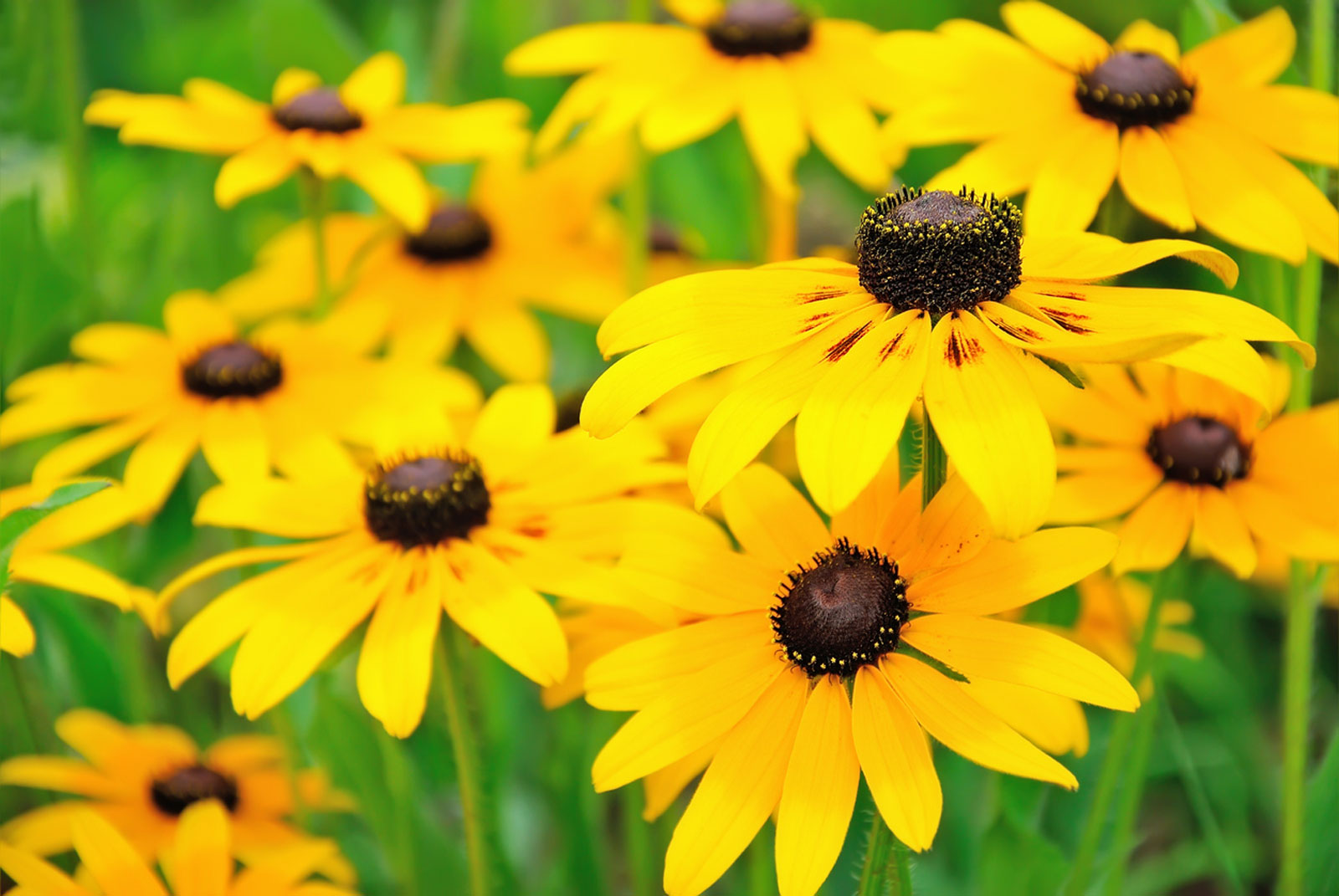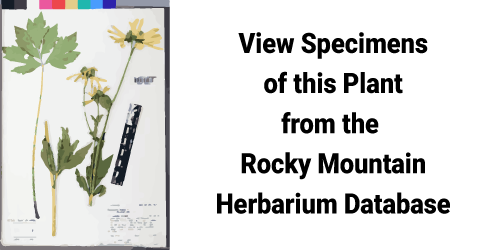-

4
Mountain Mahogany
Cercocarpus montanus Raf. and C. ledifolius Nutt.

These ultra-hardy, slow-growing deciduous shrubs can be used in either a more wild or formal garden setting. The small red-and-yellow flowers are inconspicuous; mountain mahogany should be grown for its fantastic curly-feathered seeds. The plumes, as you might expect, are helpful in seed dispersal, but they also are responsible for planting the seed. The seeds themselves are quite heavy and pointed. They land point down, plume up. Repeated wetting and drying of the plume drills the seed into the soil. Site this shrub so that it is backlit by the sun to make the most of these silvery plumes. Cercocarpus ledifolius is known as curl-leaf mountain mahogany because the margins of the leaves curl toward the leaf mid-rib. It holds its leaves in the winter better than C. montanus, but the latter has larger flat (and, to some eyes, more attractive) leaves. Wyoming is also home to a third species, C. intricatus S. Watson (a.k.a. C. ledifolius var. intricatus), little-leaf mountain mahogany, found in the southwest part of the state and equally suitable for the home garden. Elk and deer consider mountain mahogany a delicacy. If the wildlife don’t do it for you, these species can be sheared to produce a more compact or formal appearance.
Height: ~6’
Width: 4-8’
Water needs: low
Exposure: full sun
Availability in nurseries: uncommon
Native range: C. montanus, SD to Mexico and west from OR to CA; C. ledifolius, western U.S.; C. intricatus, southwestern U.S. (all WY natives)
Plant family: Rosaceae

Photo by Dorothy Tuthill


